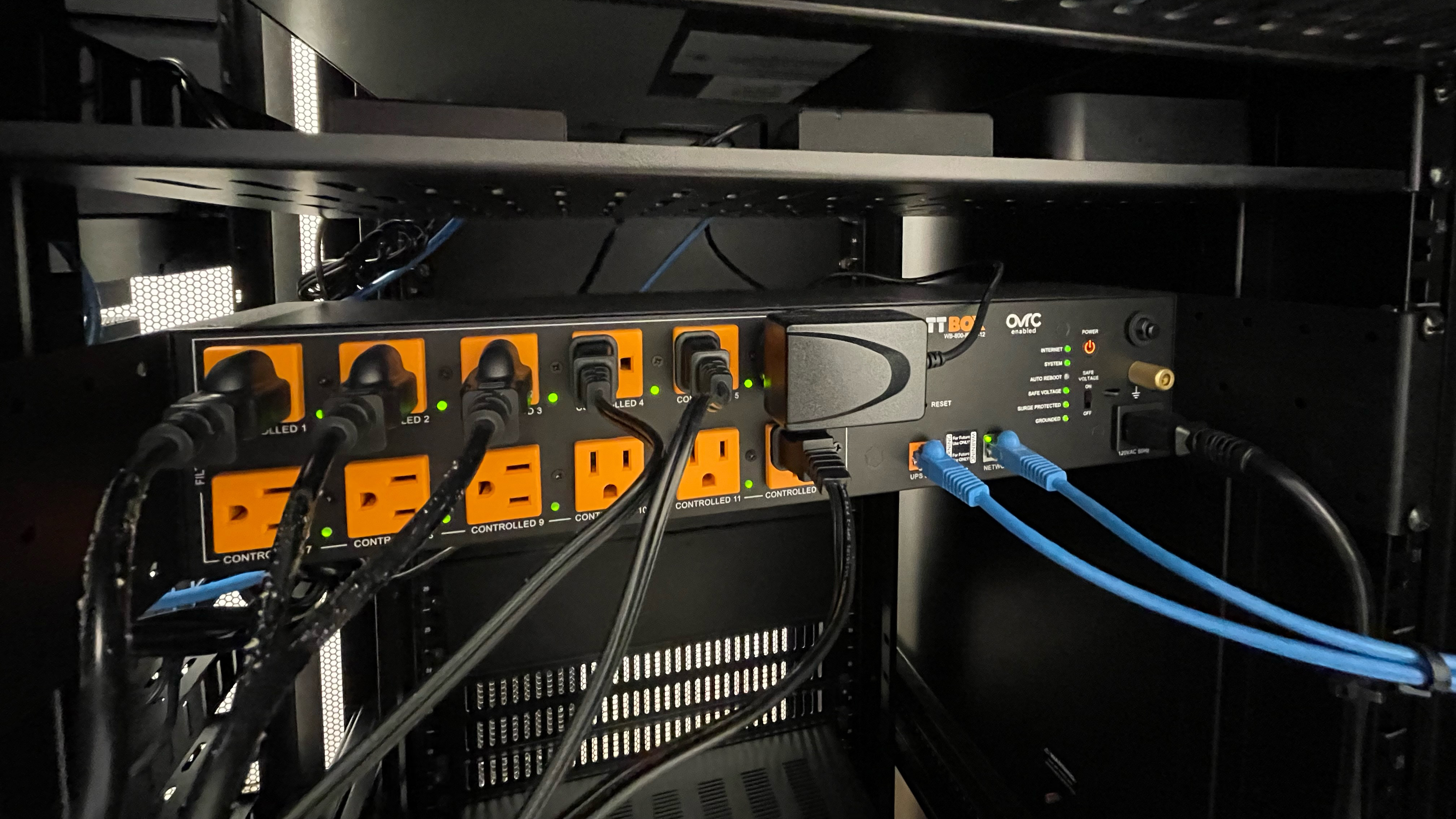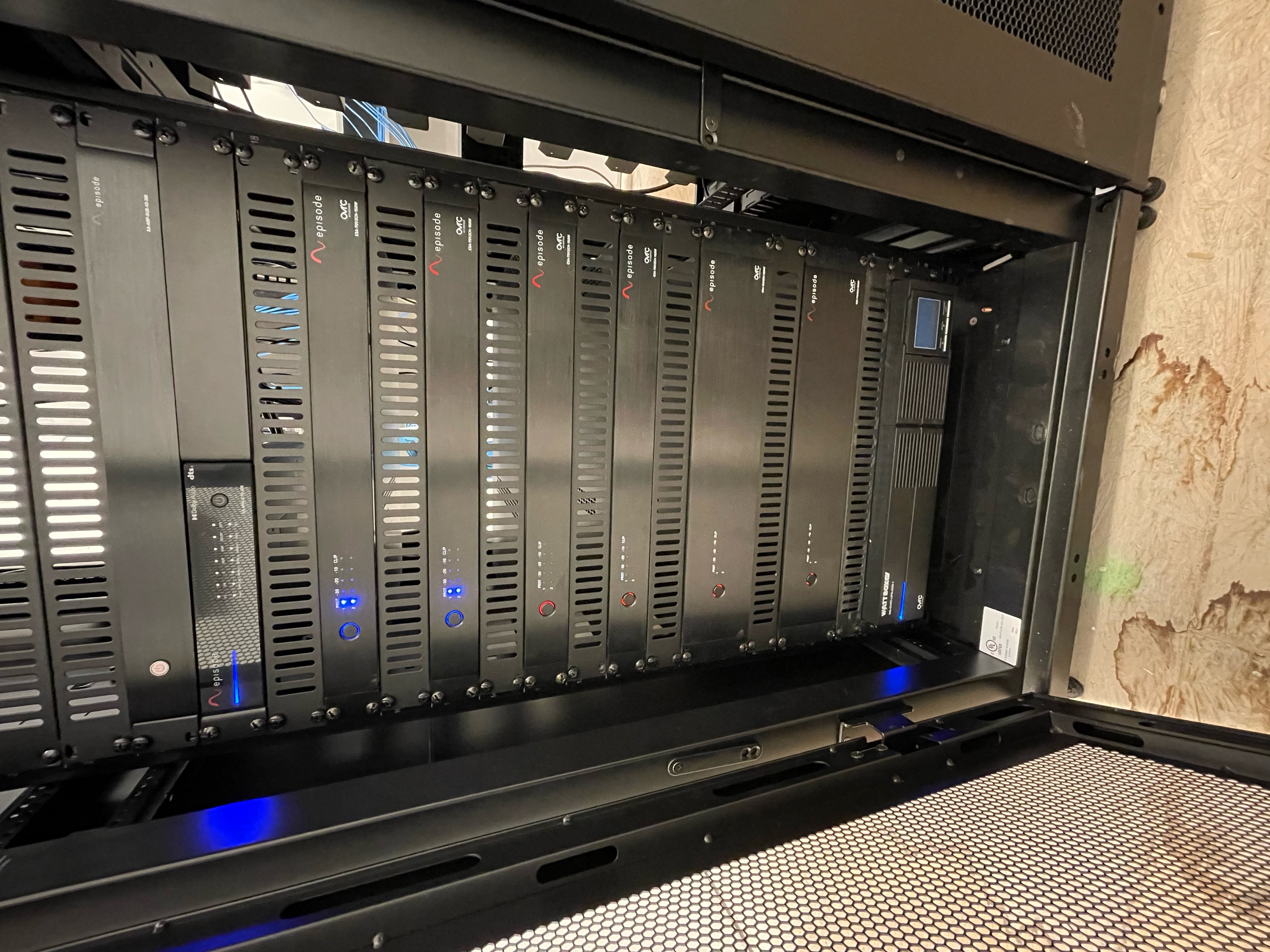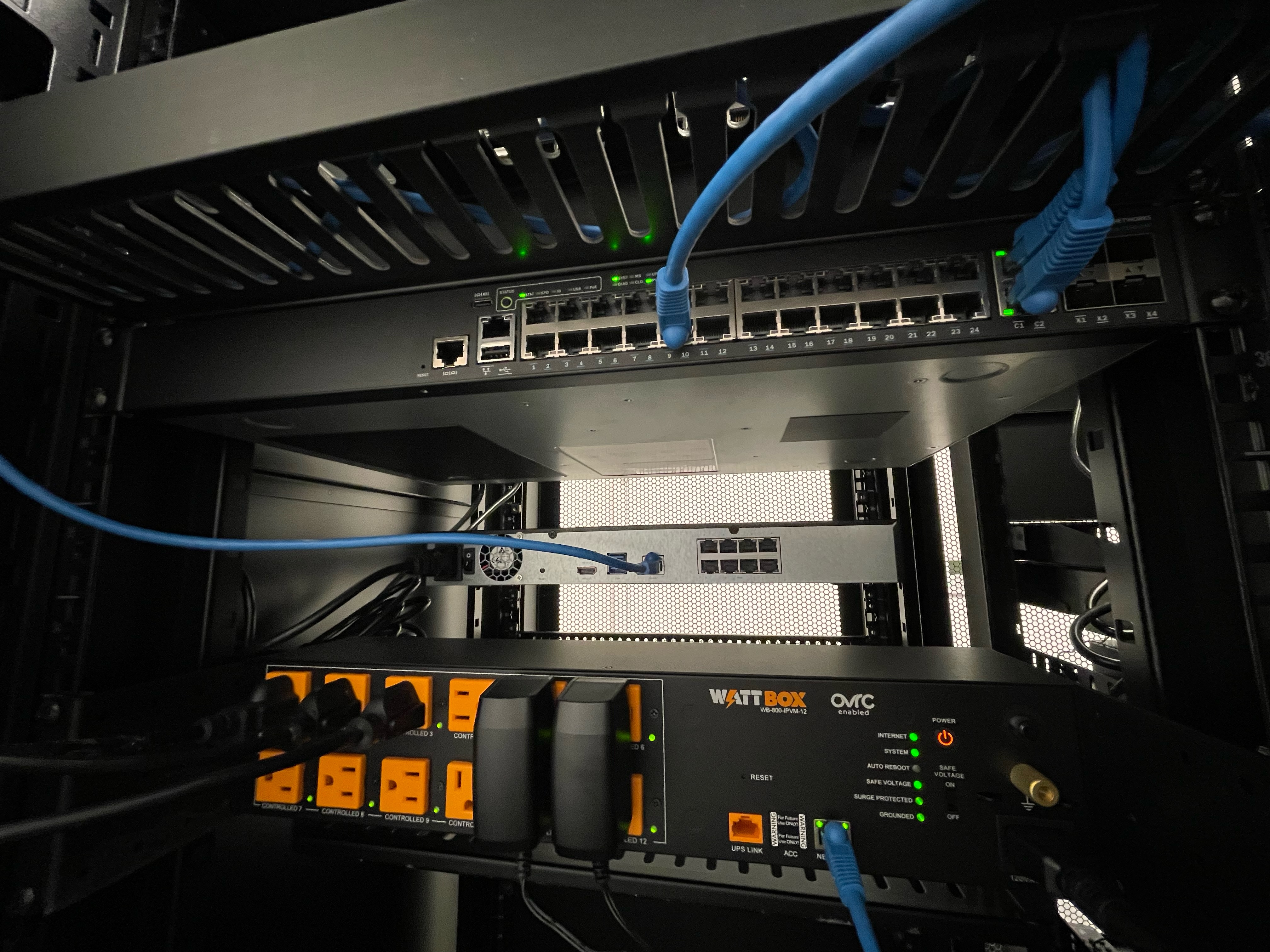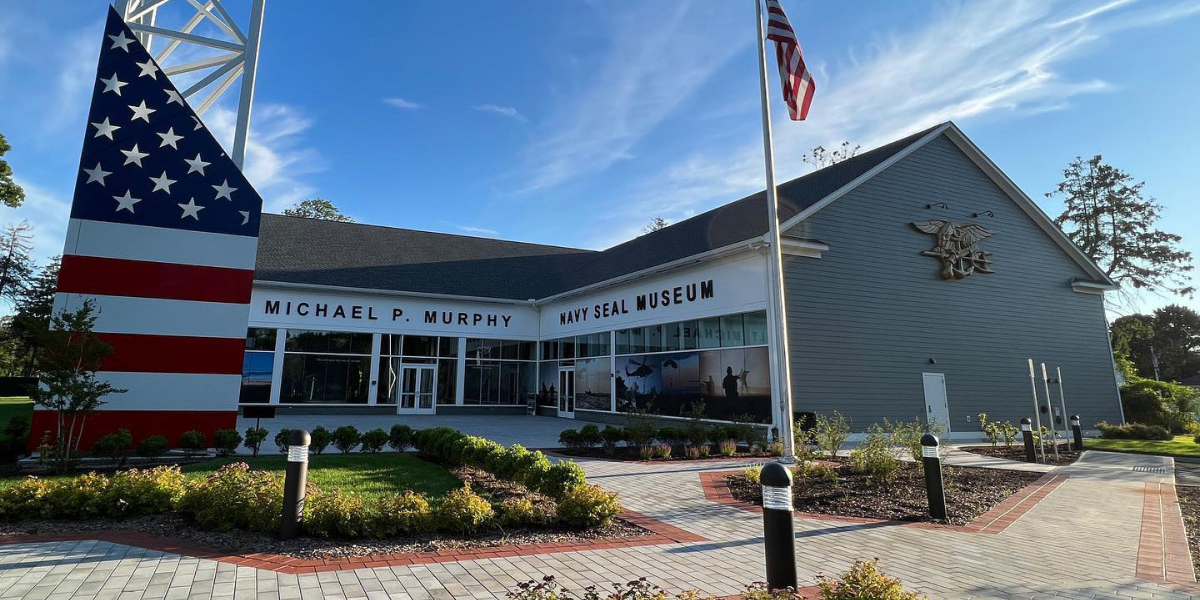Here's How Snap One Technologies Help Reimagine the Museum Experience
Projection mapping, touchscreens, and holograms at a new Navy SEAL Museum in New York are all powered by Snap One.

The new Lt. Michael P. Murphy Navy SEAL Museum in West Sayville, NY, is unlike any other military museum in America. Named for a SEAL Medal of Honor recipient killed in action during Operation Red Wings on June 28, 2005, the 8,000-square-foot museum welcomes visitors to experience the history of Naval Special Warfare, through immersive digital experiences including projection mapping, touchscreen exhibits and even 3D holograms of equipment.
According to former Navy SEAL Christopher Wyllie, owner of New York-based custom electronics integration firm SEAL Solutions, the high-tech museum experience relies on a wide range of networking, AV, security and power protection products from Snap One.
[How Snap One Surveillance and Networking Solutions Keep a Winery Secure]
“The new Lt. Michael P. Murphy Navy SEAL Museum has reimagined the idea of museums by incorporating interactive exhibits where guests can dive deeper into topics, as well as exhibits that create an engaging atmosphere by surrounding visitors with videos and sounds that deliver a visceral, memorable experience,” Wyllie said. “Delivering this experience required thoughtful planning, lots of research and the help of Snap One to recommend and provide optimal solutions for each need, from networking equipment to security cameras.”

The guest experience kicks off with an engrossing exhibit on D-Day, the invasion of Normandy in World War II. Using projection mapping technology, BenQ projectors and DragonFly screens, the exhibit displays a variety of still images and video clips in small formats with black spaces between them, eventually growing to project a full-wall video. The steady growth of visual and audio content draws viewers in until the full video crescendos, exciting guests of all ages.
In an exhibit on the 9/11 World Trade Center attacks, three vertically-mounted digital displays form an ultra-tall video wall where the entire height of the towers can be presented to show videos interspersed with facts and info about the attacks and the aftermath. Another projection exhibit presents a nearly 360-degree experience where a projection screen extends from the floor to the ceiling and then wraps over visitors' heads and around their sides, so they can see a forest in front of them while a helicopter hovers overhead, and a rope drops down from the helicopter to their side.
[Here's How Snap One Helps Instantly Control 40 TVs and a 24-Foot Video Wall]
A daily selection of features, industry news, and analysis for AV/IT professionals. Sign up below.
These exhibits, and many others through the museum, require sophisticated audio and video routing that is achieved with a media-over-IP solution from Binary. This simplified and reduced the cost of the media infrastructure, since long runs can be achieved with affordable Cat6 cable, instead of using expensive HDMI throughout. The use of MoIP for AV distribution requires an unimpeachable network, which Wyllie noted is one of the most important systems in the entire building.
Using enterprise-grade Access Networks wireless access points and power-over-ethernet switches ensures that all exhibits have constant connection to the network, in addition to providing distinct WLANs for employees’ and guests’ mobile devices.
“Most of the systems inside the museum are controlled through IP functions, including audio, video, automation and remote monitoring, so the network from Access Networks is one of the most critical pieces of infrastructure,” Wyllie explained.
“Working through the COVID crunch of the last two years resulted in some delays and re-designs, and Snap One provided design assistance and recommendations for replacement products if an item was out of stock.”
Because of the relatively small footprint of the museum and its outdoor grounds, exhibits that might traditionally require entire rooms, like showing a helicopter or tank, are achieved using small hologram devices from DSee.Lab that project three-dimensional images of the gear, which can either be designed to rotate, or allow the guests to move around the hologram. The holograms are also connected to the network.

Another area pays respect to the 317 Navy SEALs killed in action since World War II. “The Cost of Freedom" area includes an Actual Wood wall with images on it and in front of the wall there is a bench to sit and reflect. Behind the bench is a table display with a “Virtual Book” that’s projected in front of the exhibit, allowing guests to use gesture controls to flip through the book to read about each soldier’s story.
“In addition to projection mapping and video displays, professional-quality audio helps complete the immersive ambiance of many exhibits, with 70-volt Episode pendant speakers located throughout the museum,” Wyllie added. “There are even all-weather speakers in the outdoor garden area, where visitors can walk amongst military equipment. It’s all powered from equipment racks using Episode amplifiers.”
[AVoIP Standards: The Fight to Get It Right]
Wyllie also installed a variety of microphone systems, including wireless Sense microphones and ClearOne USB speakerphones, which are used for internal staff purposes and to allow amplified presentations and speeches for private events or future guided exhibits.

In order to provide peace of mind for the museum’s operators, they installed a 30-camera Luma and Clare surveillance system that provides real-time views of the entire interior and exterior, so if any vandalism or accidents occur, they have video evidence. All of the electronic equipment is also protected from power surges and outages through WattBox power conditioners and surge protectors equipped with the OvrC platform, which provides Wyllie with remote access to monitor and adjust equipment.
“There is a lot of expensive electronic equipment used in the museum, and it all has to be protected to ensure reliable operations and protect against business interruptions or catastrophic damage from power surges,” Wyllie said. “Plus, the OvrC system gives me visibility into the gear’s operation no matter where I am, so minor troubleshooting can be done instantly without me having to physically go to the museum. It’s a time and money saver that is basically essential for a project of this size.”
[AV Network's top stories, product news, and expert insights]
Wyllie said that having insight to the operations is crucial because the museum is largely staffed by volunteers, and there isn’t generally an AV or IT professional on-site to manage daily issues. He also noted that working almost exclusively with Snap One products helped ensure that all disparate systems and components were compatible and could be easily integrated.
The museum is funded entirely through donations and fundraising events and opened on June 28, 2022, the anniversary of Operation Red Wings, a 2005 mission in Afghanistan that was dramatized in the Hollywood blockbuster Lone Survivor.
The AVNetwork staff are storytellers focused on the professional audiovisual and technology industry. Their mission is to keep readers up-to-date on the latest AV/IT industry and product news, emerging trends, and inspiring installations.
